SUMMARY
This is AI generated summarization, which may have errors. For context, always refer to the full article.
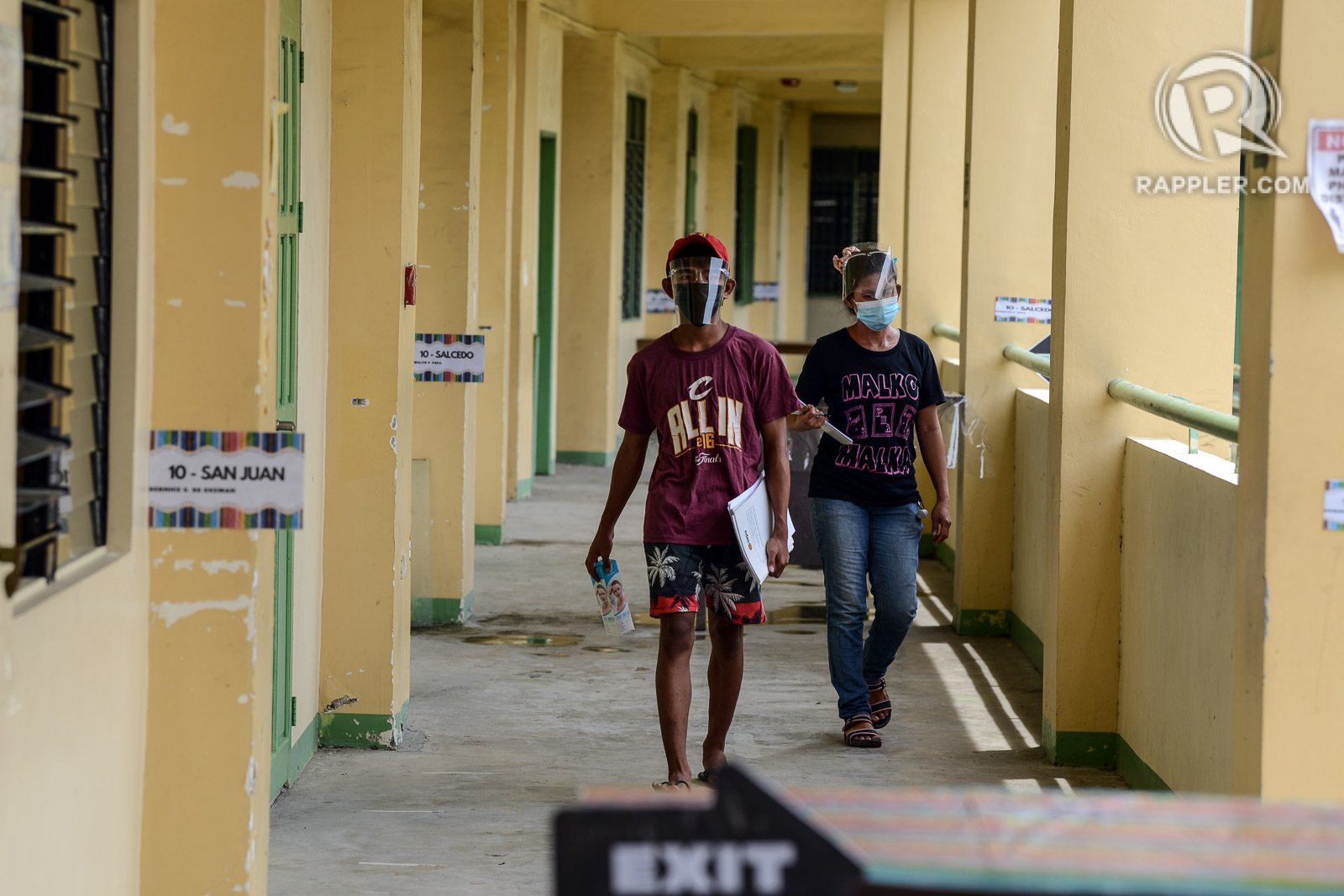
MANILA, Philippines – To make ends meet, 51-year-old Lorenza Sua-an is selling products online, which she sources from her friends because she does not have enough capital. The meager salary of her husband, who works as a church caretaker and earns P6,000 a month, is not enough to feed seven family members living with them. Of these, five are still studying.
“Maliit lang po ang kita ng asawa ko dito sa simbahan. Hindi pa nga po makasapat ng isang linggong pagkain,” Sua-an, who hails from Ibaan, Batangas, told Rappler in a phone interview. (My husband’s income here in the church is small. It’s not enough for our food expenses for one whole week.)
Sua-an earns P10 to P15 for every product (clothing or food) she is able to sell. “Bawat araw na maka-P15 ako ay okay na rin kaysa wala,” Sua-an said. (Each day, I earn P15. It’s better compared to nothing.)
But things will get more difficult for the Sua-an family financially when face-to-face classes resume on November 2. While Sua-an favors the return to in-person classes, rising prices of basic commodities is now a major consideration for financially struggling families like hers.
In her first order as education secretary, Vice President Sara Duterte directed all public and private schools in the country to transition to five days of face-to-face classes beginning November 2. Exemptions can, however, be given in “very specific areas” where blended learning can continue. The Department of Education (DepEd) said it would give the list of areas after their assessment before October 31, also the last day of the transition period.
“Sa totoo lang po, ako po ay pabor na pabor sa face-to-face classes. Hindi ko po kasi masyado maipaliwanag na kapag dumating sa akin ang mga modules,” she said, recounting the times she scratched her head whenever her children asked for help regarding their lessons. (READ: Parents bear the brunt of distance learning as classes shift online)
(Honestly, I am in favor of face-to-face classes. I can’t explain well to my children their learning modules.)
Sua-an said that before the pandemic, she would give her two children, who were in their junior high school back then, P50 for their daily school allowance and P30 for three others, who were grade schoolers. But now, she worries that these won’t be enough for her children to get by each day in school.
“Sa ngayon kasi ang mahal ng bilihin at pamasahe. Ngayon, P20 na ang pamasahe one way. Hindi ko alam kung may mabibili pa sila sa baon nilang P50,” she said. (Now, prices of commodities and transportation fare are high. Now, P20 is just one-way fare. I don’t know if they will be able to buy something for P50.)
Sua-an is certainly not the only parent thinking of the costs of the return to face-to-face classes. Some 18 kilometers in Ibaan, 45-year-old Wilma Urbano from Lipa City, Batangas, is also worried about how her family of six would be able to cope with the financial burden of sending their children to face-to-face classes.
While she is somehow in a better financial position compared to Sua-an, Urbano still finds it hard to fulfill the needs of her five children for their education.
Urbano works as a public school teacher but her income is still not enough to feed her family. Her husband works as building maintenance.
“Ako po ay natatakot. Every time na mag susuweldo is Mister, hindi ko na alam paano pagkasiyahin ang suweldo,” said Urbano, when she was asked how she plans to budget their finances when face-to-face classes resume. (I am worried. Every time my husband receives his salary, I don’t know anymore how I will be able to budget it.)
According to the Philippine Statistics Authority, the country’s inflation rate jumped to 6.1% in June. The last time inflation went up this high was in November 2018. Inflation refers to the general increase in prices and fall in the purchasing value of money.
National Statistician Dennis Mapa said that the purchasing power of the Philippine peso has declined. He said that P1 in 2018 is now worth just P0.87 in June 2022. (READ: IN CHARTS: This is how inflation ruined Filipinos’ budget in June 2022)
Poor families need gov’t help
Sua-an hopes that the government will help poor families like them. While her family is a member of the Pantawid Pamilyang Pilipino Program or 4Ps, this is still not enough for their daily needs.
4Ps is the government’s poverty reduction strategy that gives financial help to extremely poor households to improve their health, nutrition, and education, particularly of children aged 0-14. The 4Ps has two types of cash grants that are given to beneficiaries.
- Heath grant: P500 per household every month, or a total of P6,000 every year
- Education grant: P300 per child every month for ten months, or a total of P3,000 every year (A household may register a maximum of three children for the program.)
“Sana matulungan kami ng gobyerno sa financial help kahit pang-kapital lang para may sarili na ako at hindi na ako kukuha ng paninda sa mga kaibigan ko. Malaking tulong ‘yon para at least alam ko kung saan ako kukuha ng pandagdag sa pambaon ng mga bata sa school,” she told Rappler.
(I hope the government can help us financially even just to provide capital for my online business so that I would have my own and I wouldn’t need to get products from my friends. It will be a big help and at least I would know where to source funds for my children’s school allowance.)
For Urbano, she hopes that the government would strengthen its school-based feeding program to cover all students, not just those undernourished. This way, she only needs to give her children daily transportation allowance.
“Malaking tulong po ‘yon. Kasi pamasahe na lang ibibigay ko ‘pag nagkataon,” Urbano added. (It will be a big help. Because if that happens, I only need to give them transportation allowance. She has five children who are still studying.)
While the government would offer free rides to students when classes resume, it will be limited to Metro Manila only. There are no plans yet if this would be replicated in the provinces, like Batangas where Sua-an and Urbano live. (READ: DOTr to offer free train rides for students, extends EDSA Carousel buses)
In 2018, two years before the pandemic struck, then-socioeconomic planning secretary Ernesto Pernia said that an average Filipino family of five would need an income of P42,000 to live above the poverty line.
High time return to in-person classes
The return to face-to-face classes was long overdue for the Philippines as the current distance learning setup seemed to be not working for the country’s unprepared education system. (READ: Distance learning in the Philippines: A year of hits and misses)
There have been studies that showed students are “learning less” under the distance learning setup. Experts and lawmakers were alarmed by the learning losses brought by the pandemic.
“We have always maintained that considering the low level of learning, our students’ need to catch up, and psychosocial needs of our children, we need to shift to face-to-face classes like almost all of the countries in the world. We shouldn’t also disregard the lessons from the past two years,” Philippine Business for Education executive director Love Basillote said.
Over two years into the pandemic, the Philippines is among the few countries in the world where schools have not fully opened for in-person classes. As of May 3, there were about 26,344 schools nationwide that held in-person classes last school year.
Speaking to reporters on Wednesday, July 27, DepEd spokesperson Michael Poa said that they are optimistic that almost all schools would be able to hold face-to-face classes for school year 2022 to 2023. There are approximately 60,000 public and private schools in the country.
School begins on August 22. They are given three options for their transition to five days of face-to-face classes before November 2.
- Five days of face-to-face classes
- Blended learning
- Three days of in-person classes and two days of distance learning, or four days of in-person classes and one day of distance learning
- Full distance learning
The DepEd said that these options will be implemented by schools only until October 31, 2022.
‘Unprepared’
While it is high time for Philippine schools to return to face-to-face classes, Sara Duterte’s order drew criticism for supposedly not having sufficient health protocols in place.
But for the Vice President, Filipinos are more than prepared now since it has been over two years since the pandemic began.
“The difference now is that it’s easier now for Filipinos to live through the pandemic, they already accepted the mandatory wearing of face mask. They already know the basic health protocols. They already memorized these protocols because the government has been stressing its importance for two year now,” Duterte said. (READ: Young students tend to take off masks in face-to-face classes – DepEd)
Speaking to Rappler during a protest action against President Ferdinand Marcos Jr.’s first State of the Nation Address (SONA) on Monday, July 25, Alliance of Concerned Teachers secretary general Raymond Basilio said the government needs to show parents and students that the county is ready to return to face-to-face classes.
He criticized DepEd order 34 for supposedly excluding health protocol plans in schools for in-person classes.
“Naiintindihan natin ‘yung agam-agam ng mga magulang at mga estudyante kasi may pandemya pa rin eh. Kaya ang kailangang gawin ng gobyerno ay ipakita nito sa sambayanan na ligtas ang pagbabalik eskuwela,” Basilio said.
(We understand the concern of parents and students because there’s still a pandemic. That’s why the government needs to prove to the public that it is now safe to go back to school.)
While Marcos said a lot of “promising” plans for the education sector during his SONA, he offered no details on his administration’s concrete plans for the safe return of students to schools. (READ: Are PH schools ready for face-to-face classes during pandemic?)
“Namomoroblema nga ang mga teachers. Wala ng alcohol. Ang thermometer na stuck sa 36.1 kasi wala ng baterya. Burado na ang mga foot markers. Kaya naiintindihan namin ang mga magulang,” said Vladimer Quetua, a senior high school teacher in Quezon City.
(Teachers are worried. We’ve run out of alcohol supplies. Thermometers are stuck at 36.1°C because there are no more batteries. Foot markers have also been erased. That’s why we understand the concerns of parents.)
There are still three months left before the country fully returns to face-to-face classes, and parents, students, and teachers have one wish: for the government to make them feel it’s safe to go back to their campuses. – with reports from Almira Coleen and Ashley dela Vega/Rappler.com
Almira Coleen and Ashley dela Vega are Rappler interns.
Add a comment
How does this make you feel?
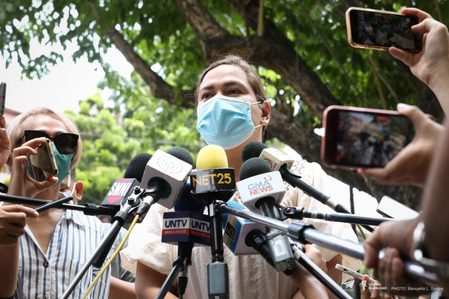
![[The Slingshot] Red zipper on the mouth of Sara Duterte](https://www.rappler.com/tachyon/2024/04/TL-red-zipper-sara-duterte-april-12-2024.jpg?resize=257%2C257&crop=335px%2C0px%2C720px%2C720px)
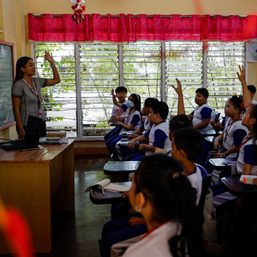
![[OPINION] How about setting up a heat health warning system in PH schools?](https://www.rappler.com/tachyon/2024/04/heat-health-warning-system-in-PH-schools.jpg?resize=257%2C257&crop_strategy=attention)

![[ANALYSIS] The multiplier effect of negligence in education](https://www.rappler.com/tachyon/2024/04/The-multiplier-effect-of-negligence-in-education.jpg?resize=257%2C257&crop=277px%2C0px%2C720px%2C720px)
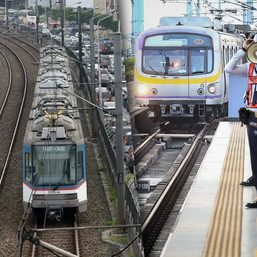
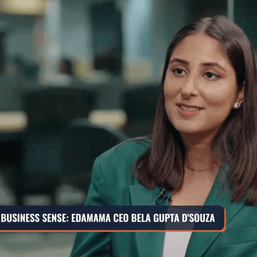


![[Two Pronged] My daughter wants to go to UP, but my husband insists on a ‘good Catholic school’](https://www.rappler.com/tachyon/2024/02/two-pronged-university-issue.jpg?resize=257%2C257&crop=375px%2C0px%2C1080px%2C1080px)
There are no comments yet. Add your comment to start the conversation.